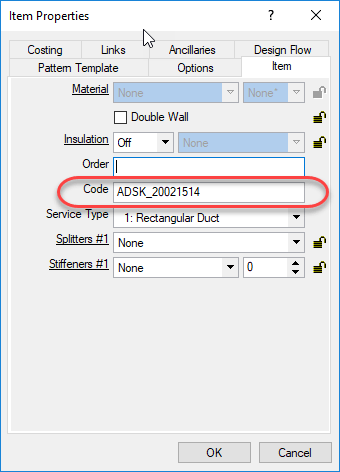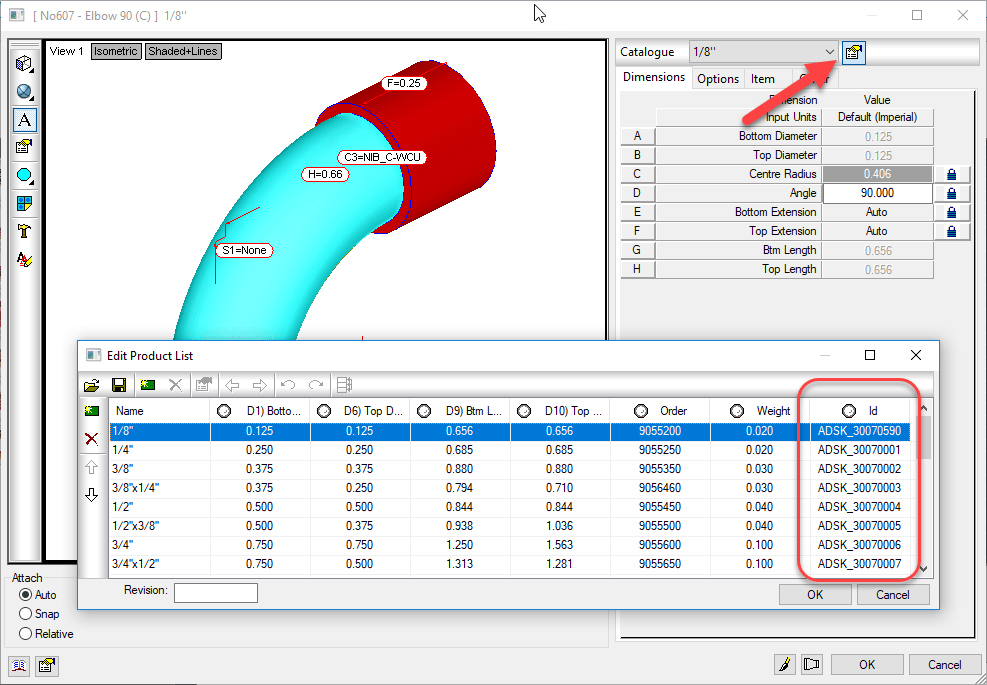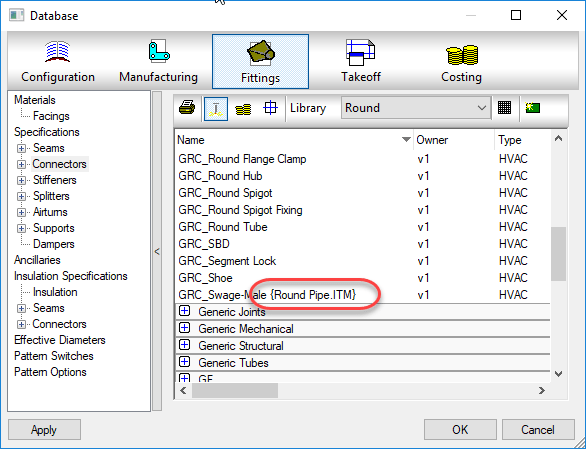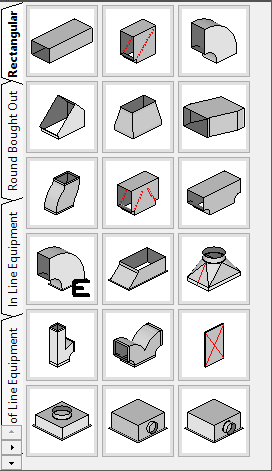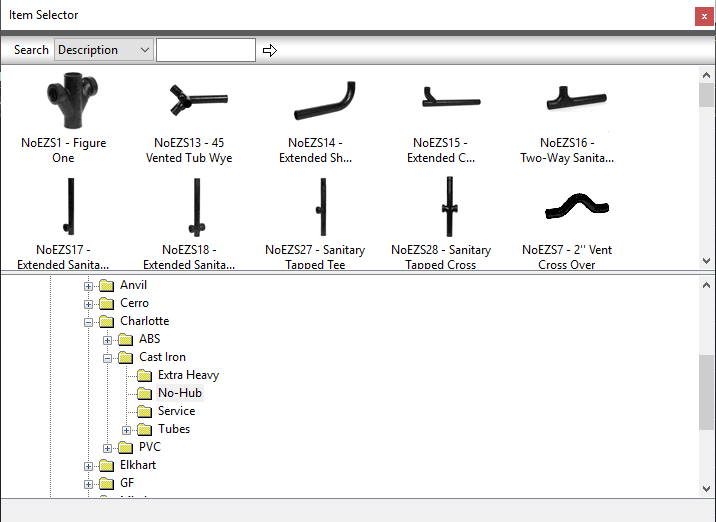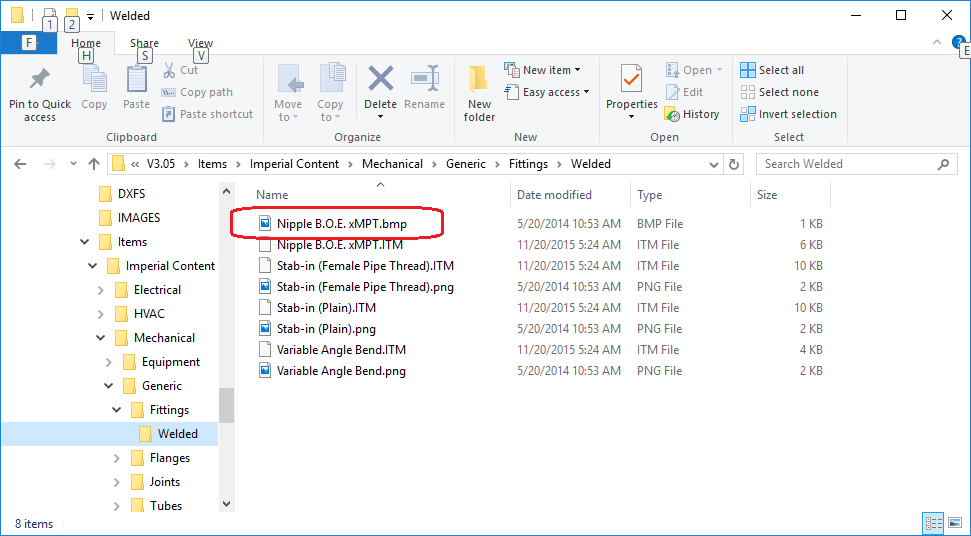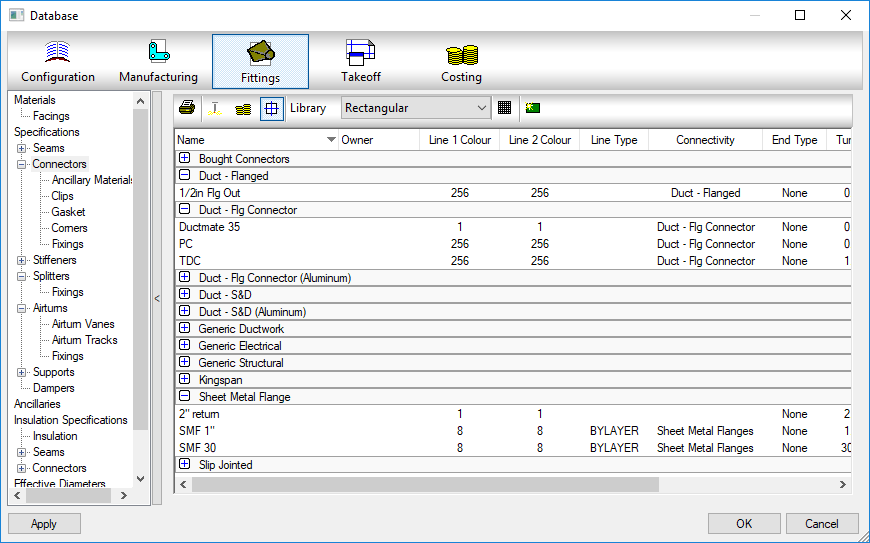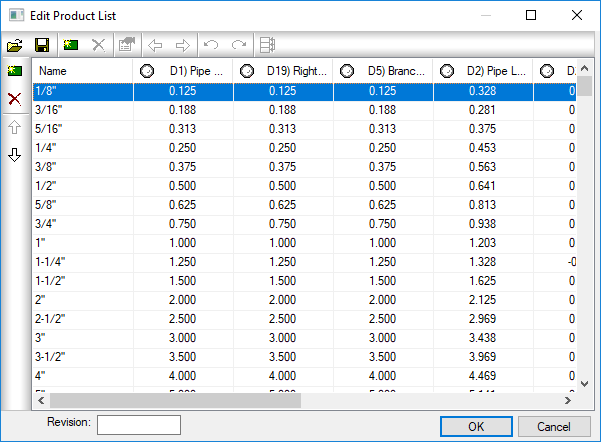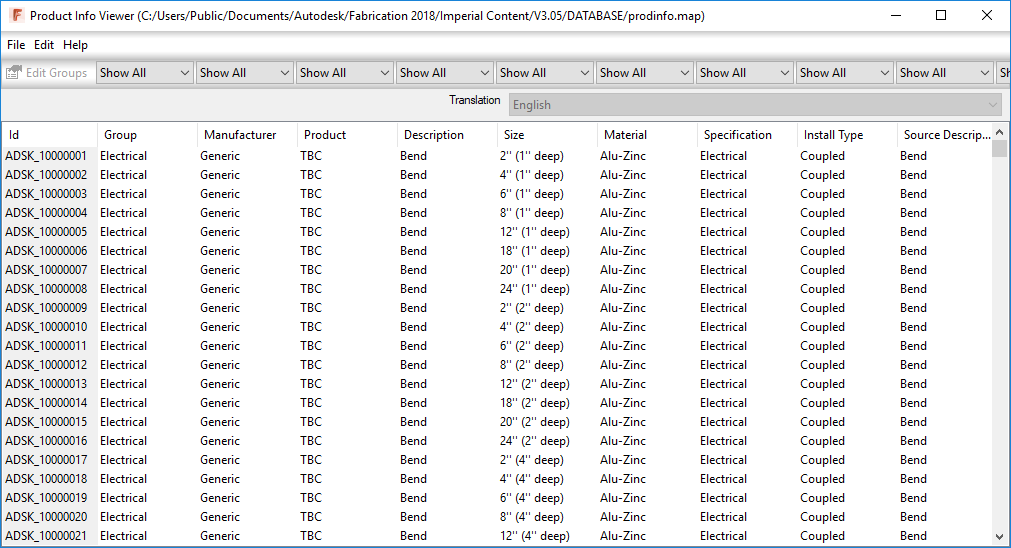What Does COST TYPE do on ITM Content?
When you build Autodesk Fabrication content, you may have noticed one of the properties “Cost Type“. You can see this setting is shown in the following image.
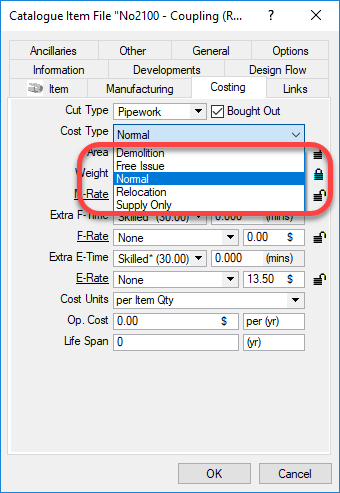
If you do some searching online, you may run across an explanation for some but not all. As Autodesk explains in it’s online help….
- Normal – Reads the Material, Fabrication, and Installation tables to generate costs of all materials, fabrication labor and installation labor.
- Supply Only – Reads the Material and Fabrication tables to generate the same costs of material and fabrication but NOT installation. (You’d typically use this if you are fabricating for others outside your company.)
- Free Issue – Reads only the Install table when calculating costs.
This leaves two remaining values that can be set. These are not documented by Autodesk. These two serve the same purpose…
- Demolition – Used as a filter for Labor table value sets
- Relocation – Used as a filter for Labor table value sets

Using these values would allow you to build a labor table for relocation that would include uninstall and reinstall time. You could also use the demolition value to build a labor table for removal only of an item.
While you would think these only would apply to an install table, these filter values are also available for the fabrication table. At the very least, this opens up the possibility of using it in creative ways to serve whatever purpose you like.
